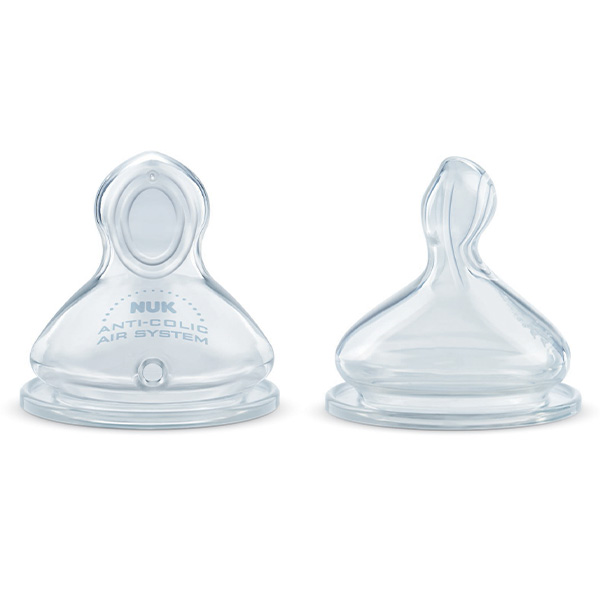
Title: Exploring Different Materials in Baby Bottle Nipple: Silicone vs. Latex
Introduction
Choosing the right baby bottle nipple material is an important decision for parents as it can affect their baby's feeding comfort. Silicone and latex are two common materials used in baby bottle nipples, each with their own set of characteristics and benefits. In this article, we'll look at the differences between silicone and latex nipples to help parents make informed decisions about their baby's feeding needs.
1. Silicone nipples
Silicone pacifiers are made from a synthetic material known for its strength and flexibility. Here are some key features of silicone nipples:
-
Durability: Silicone pacifiers are highly durable and resistant to wear and tear, making them long-lasting baby bottle options.
-
Easy to clean: Silicone pacifiers are non-porous and smooth, making them easy to clean and sterilize. Compared to latex pacifiers, they are less likely to retain odors or develop mold.
-
Heat Resistance: Silicone pacifiers can withstand high temperatures, making them suitable for sterilization methods such as boiling or steam sterilization.
-
Resilience: Silicone nipples tend to be firmer than latex nipples, which may be preferable for some babies with strong sucking reflexes or transitioning from breastfeeding.
2. Latex Nipples
Latex nipples are made from natural rubber latex, derived from the sap of rubber trees. Here are some key features of latex nipples:
-
Natural Material: Latex nipples are made from a natural, biodegradable material, making them eco-friendly options for parents concerned about environmental impact.
-
Softness: Latex nipples are softer and more flexible than silicone nipples, providing a more natural feel for babies that closely resembles breastfeeding.
-
Nipple Collapse: Latex nipples may be prone to collapsing during feeding, especially with vigorous suckling, which can cause frustration for some babies and parents.
-
Allergies: Some babies may have latex allergies, which can cause skin reactions or other adverse effects. Parents should be cautious when using latex nipples if their baby has a known latex allergy.
3. Choosing the Right Nipple
When choosing between silicone and latex nipples for baby bottles, parents should consider their baby's individual needs and preferences. Factors to consider include:
-
Baby's Age and Development: Younger children or those transitioning from breastfeeding may prefer the softer, more pliable feel of latex nipples. Older babies with stronger sucking reflexes may prefer the firmer texture of silicone nipples.
-
Feeding Habits: Babies who tend to suck hard or have nipple pressure may benefit from silicone nipples, which are more resistant to pressure.
-
Allergies: Parents should be aware of their child's potential latex allergy and choose silicone pacifiers if there is a risk of allergic reactions.
Conclusion
Silicone and latex nipple are two common options for bottle feeding your baby, each with their own benefits and considerations. Silicone nipples provide durability, ease of cleaning and heat resistance, while latex nipples provide a softer, more natural experience that is very similar to breastfeeding. By understanding the differences between silicone and latex nipples and considering their baby's individual needs, parents can choose the right nipple material to provide a comfortable and satisfying feeding experience for their baby.
This article explores the differences between silicone and latex baby bottle nipples to help parents make informed decisions about their baby's feeding needs. Silicone pacifiers are durable and easy to clean, while latex pacifiers provide a softer, more natural feel. Taking into account factors such as the baby's age, feeding habits and possible allergies, parents can choose the appropriate pacifier material to ensure a comfortable and satisfying feeding experience for their baby.






